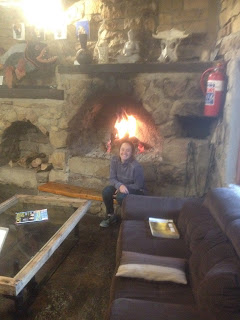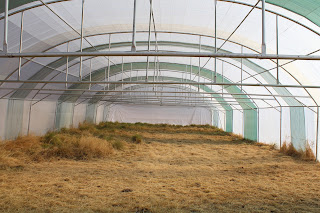(December 15, 2017) Participants at the Global Workshop on Nutrition-sensitive Fish Agri-food Systems which
closed 8 December in Siem Reap, Cambodia agreed that while evidence is
mounting that fish is a solid investment choice, in particular for
reducing global undernutrition, more needs to be done to build the case.
The workshop also saw an announcement that WorldFish has become an official member of the Scaling UP Nutrition (SUN) movement. SUN is a global push for action to improve nutrition of all —especially women and children.
Incoming
WorldFish Director General, Gareth Johnstone: “It’s clear that a more
compelling case to better understand how fish production and consumption
can impact the lives of the poor needs to be made. At WorldFish, I
commit to creating an enabling environment for better research and
better research collaborations that will make a clearer link between
fish agri-food systems and development outcomes including livelihoods
and food and nutrition security.”
Shakuntala
Thilsted, Research Program Leader, Value Chains and Nutrition: “Global
reports on agriculture are produced that too often make marginal
reference to fish and its contribution to livelihoods and food and
nutrition security. Membership of SUN will allow us to gain more
visibility for fish as a critical means to address nutrition and health.
At this workshop, I was particularly pleased to see strong statements
of support from Bill and Melinda Gates Foundation, IFAD, JICA, USAID and
the World Bank among others, in particular recognizing the importance
of fish and the need to make nutrition-sensitive investments.”
The Global Workshop on Nutrition-sensitive Fish Agri-food Systems,
was convened by WorldFish with support from IFAD, the European Union
and the Royal Government of Cambodia and was held in Siem Reap,
Cambodia, 5-8 December 2017. The event was opened by H.E. Dr. Yim Chhay
Ly, Deputy Prime Minister and Chairman of Council for Agricultural and
Rural Development (CARD), Royal Government of Cambodia
Robert
Bertram, Chief Scientist for USAID's Bureau for Food Security,
emphasized the importance of fish for poorer households during the
closing session: "People recognize that fish is an especially nutritious
food -- this is widely understood. What is less well known is how
critical fish is to the diets of the poor in many countries where we
work. Using fish more comprehensively can help achieve food security
that is sustainable and highly effective in advancing our nutrition
goals."
The
event saw 150 participants from 20 countries discussing a need to shift
from fish production approaches to fish agri-food systems that are more
geared to nutrition-sensitive outcomes.
Participants
at the workshop, including representatives of governments, UN
organizations, NGOs and research institutes reflected that fish
agri-food systems were not as well researched as other areas of
agriculture making informed decisions on how to invest difficult.
Through the Sustainable Development Goals (SDGs),
the world has committed to ending all forms of malnutrition.
Reorienting food systems across all actors and levels, towards improving
nutrition outcomes (nutrition-sensitive food systems) is central to
achieving this goal, as was recognized in the second International
Conference on Nutrition (ICN2) Framework for Action and further strengthened by the declaration of the United Nations Decade of Action on Nutrition
2016-2025. The CGIAR has also committed to improvements in food and
nutrition security with specific targets for increasing dietary
diversity of women and reducing micronutrient deficiencies up to 2030.
Fish is uniquely placed to contribute to this goal, yet has received
inadequate attention in debates on nutrition-sensitive food systems.









































